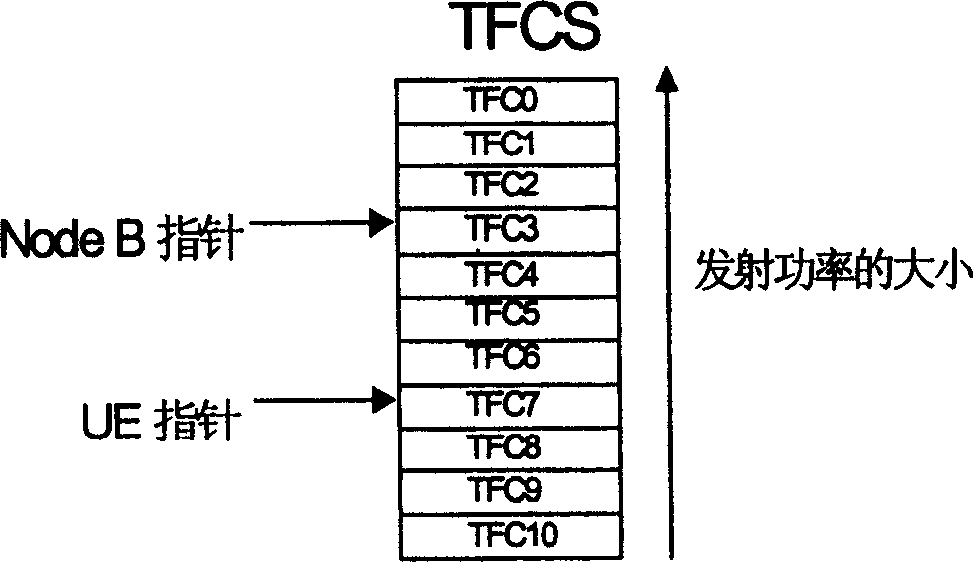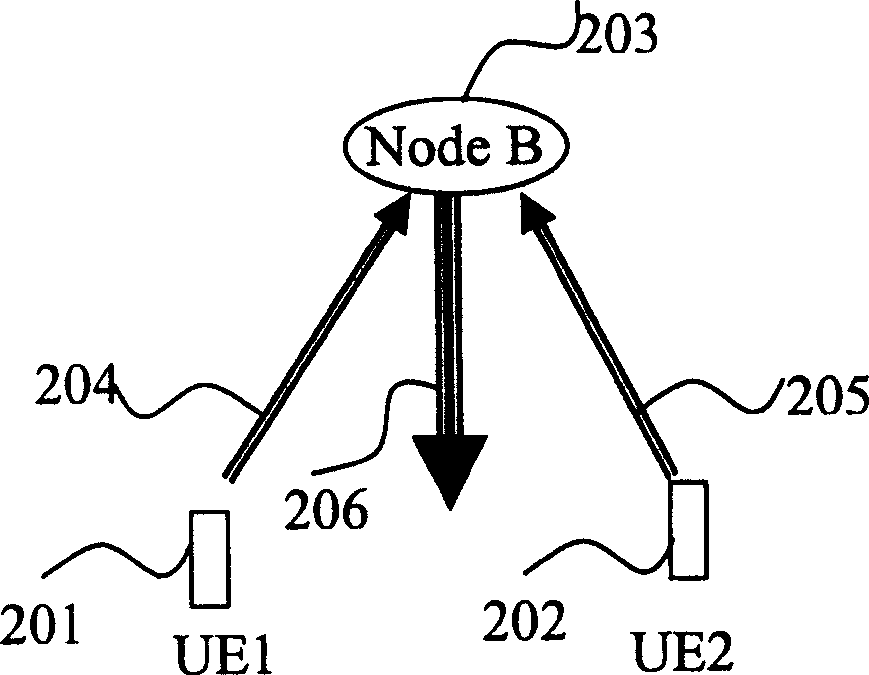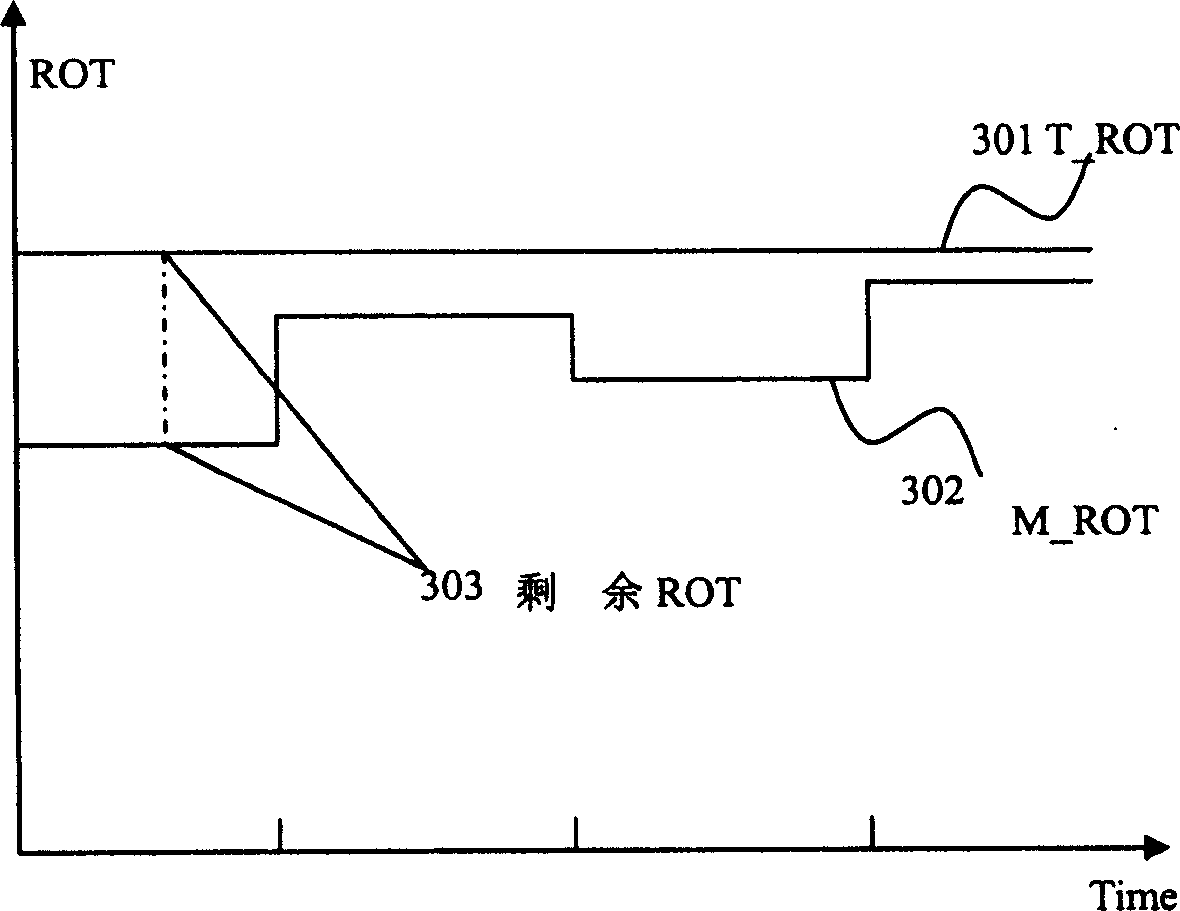Node B controlled probability-based speed regulating method and apparatus
A probabilistic and equipment-based technology, applied in the field of uplink dedicated channels, can solve problems such as increasing system load, and achieve the effects of saving power, increasing capacity and cell coverage, and saving resources
- Summary
- Abstract
- Description
- Claims
- Application Information
AI Technical Summary
Problems solved by technology
Method used
Image
Examples
Embodiment Construction
[0048] The invention is a probability-based rate scheduling method controlled by Node B. The basic feature of this scheduling method is that the final decision of scheduling is given to the UE, and the function of the scheduling entity in the Node B is to broadcast scheduling control information that helps the UE make a rate adjustment decision. The scheduling entity first counts the number of UEs that have requests, calculates the average radio resource that each UE can obtain at this moment, and finally announces this information to all UEs. Each UE performs rate adjustment with a certain probability according to the radio resources required by its own rate change and the current average number of radio resources per UE.
[0049] Such as figure 2 As shown, 201 and 202 represent two different UEs, and 203 represents Node B. Firstly, the UE sends a request to increase the UE pointer through the respective dedicated channels 204 and 205 respectively. Then NodeB (203) counts...
PUM
 Login to View More
Login to View More Abstract
Description
Claims
Application Information
 Login to View More
Login to View More - R&D
- Intellectual Property
- Life Sciences
- Materials
- Tech Scout
- Unparalleled Data Quality
- Higher Quality Content
- 60% Fewer Hallucinations
Browse by: Latest US Patents, China's latest patents, Technical Efficacy Thesaurus, Application Domain, Technology Topic, Popular Technical Reports.
© 2025 PatSnap. All rights reserved.Legal|Privacy policy|Modern Slavery Act Transparency Statement|Sitemap|About US| Contact US: help@patsnap.com



